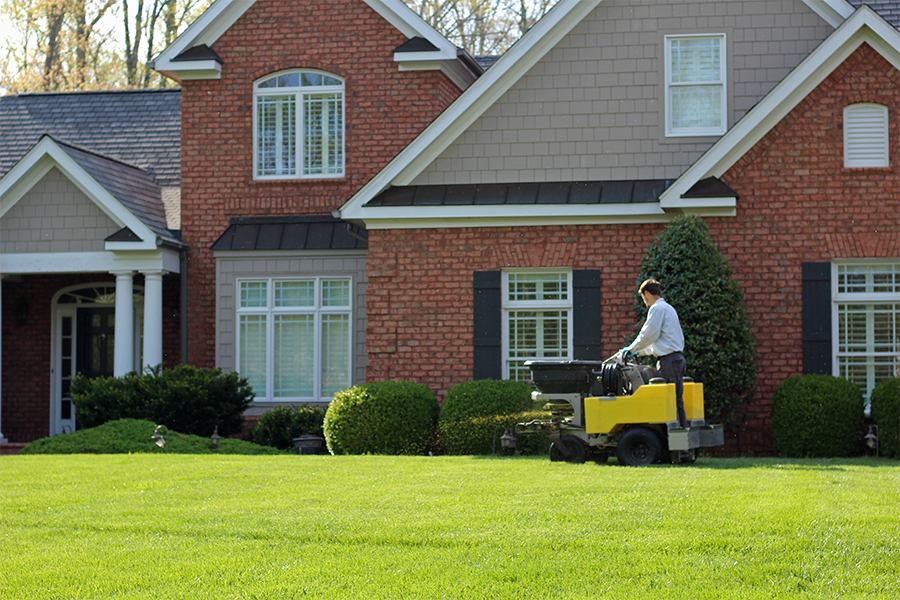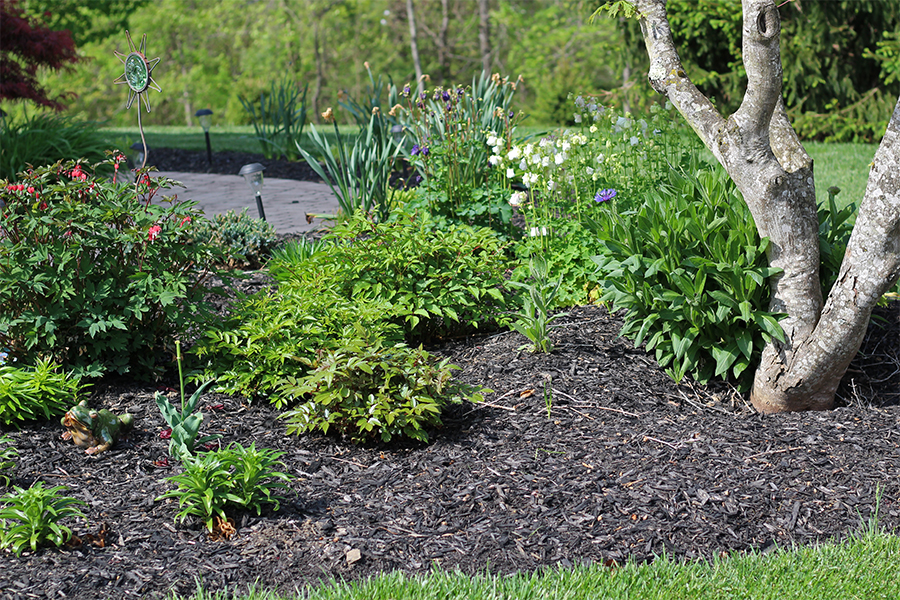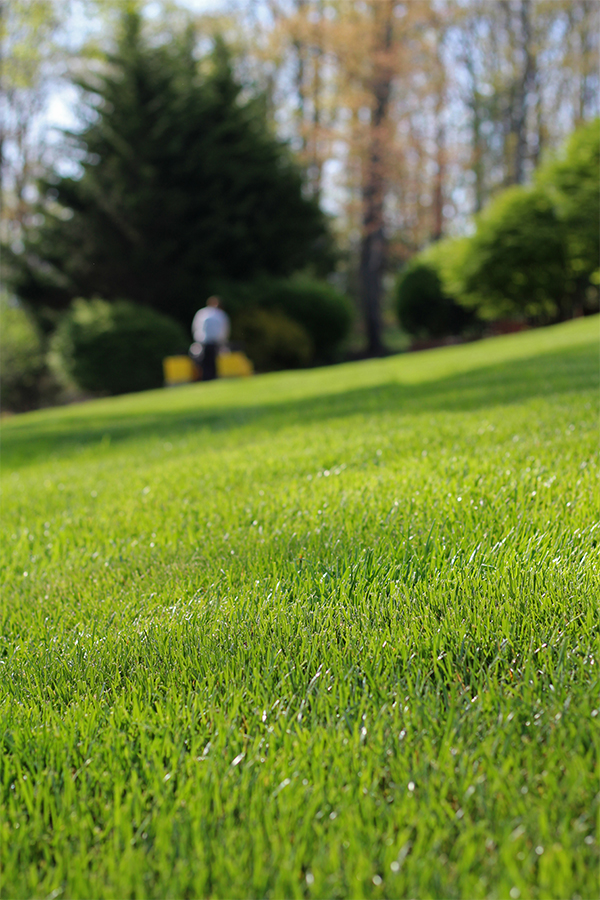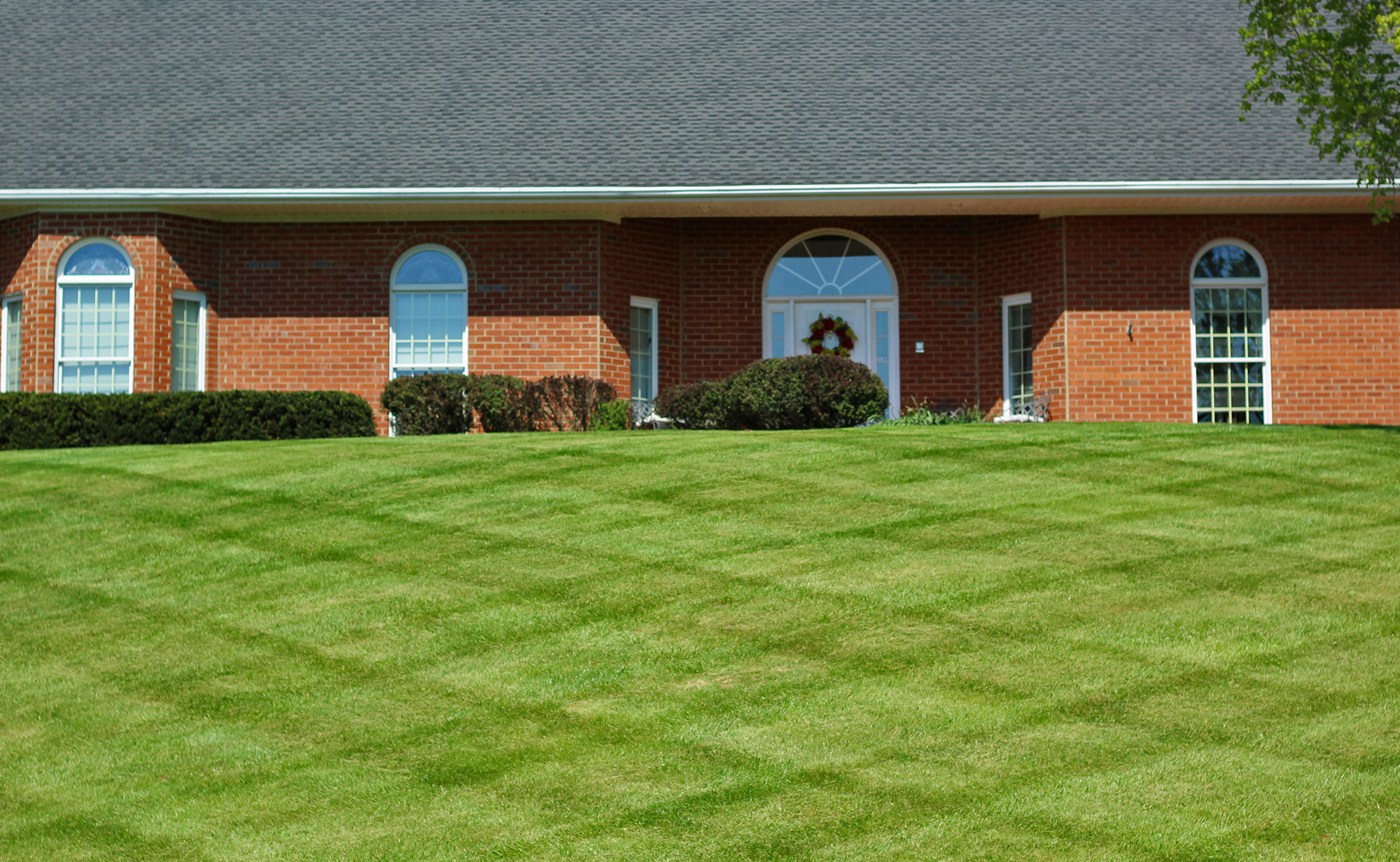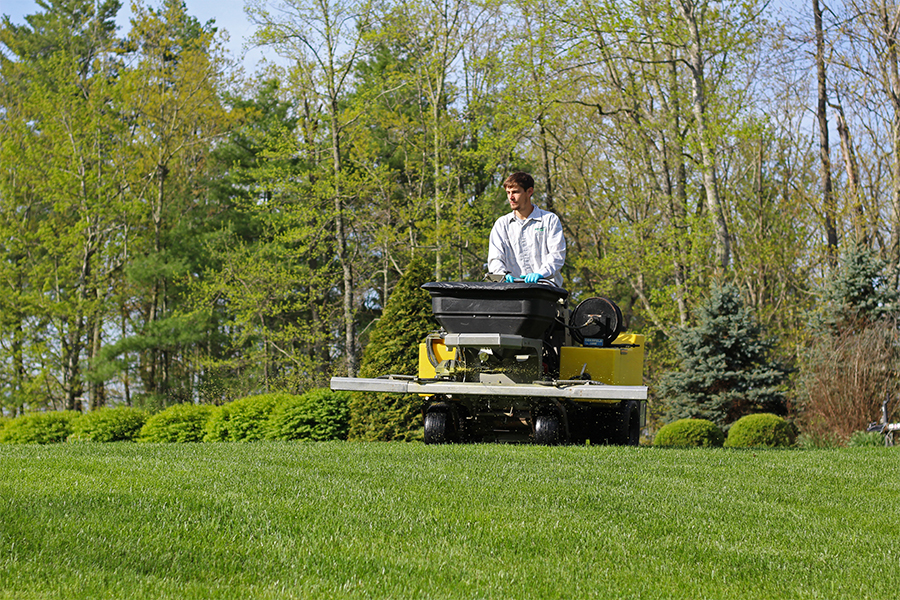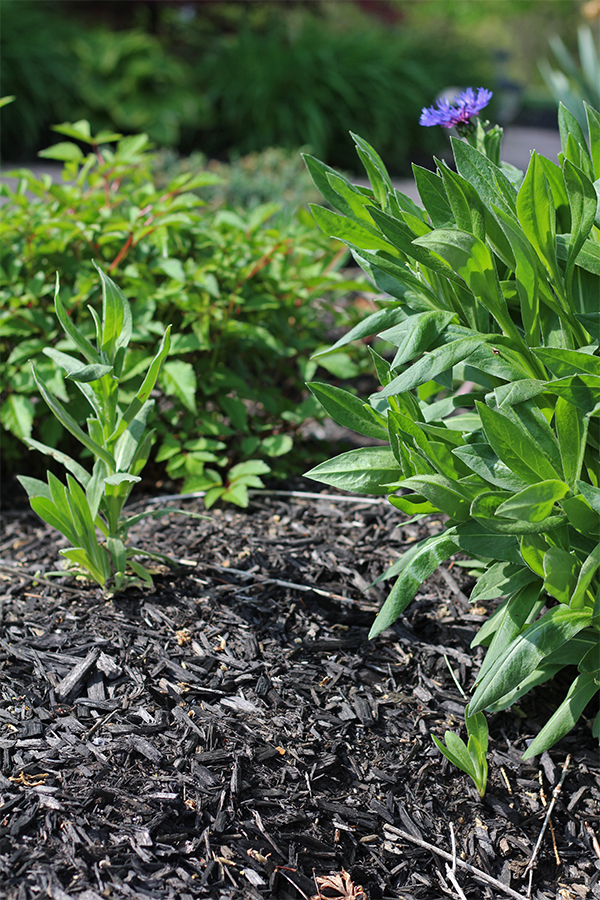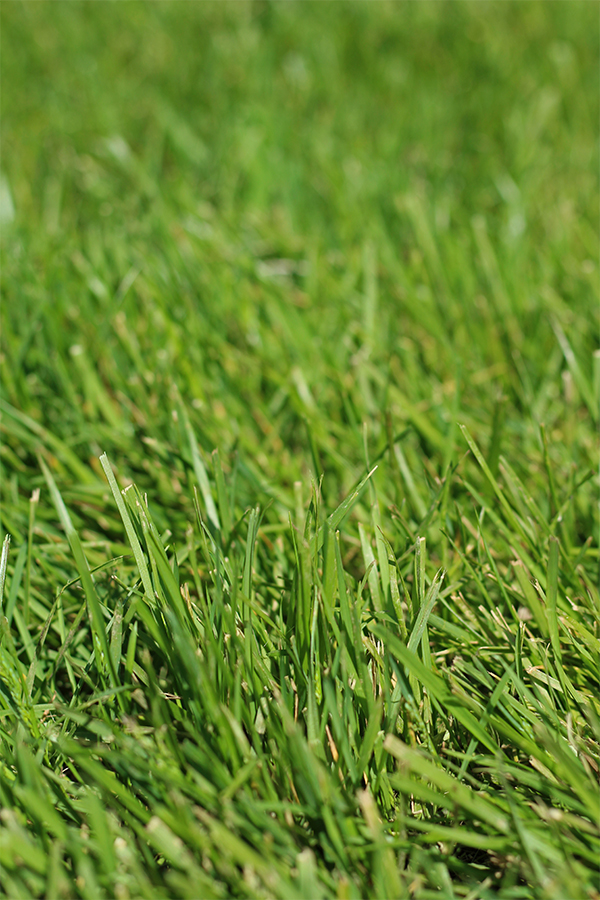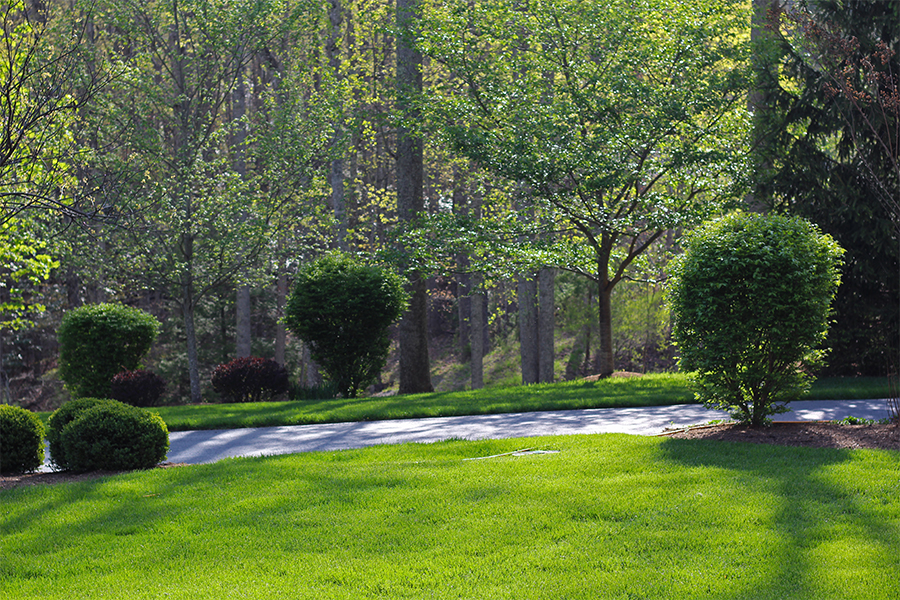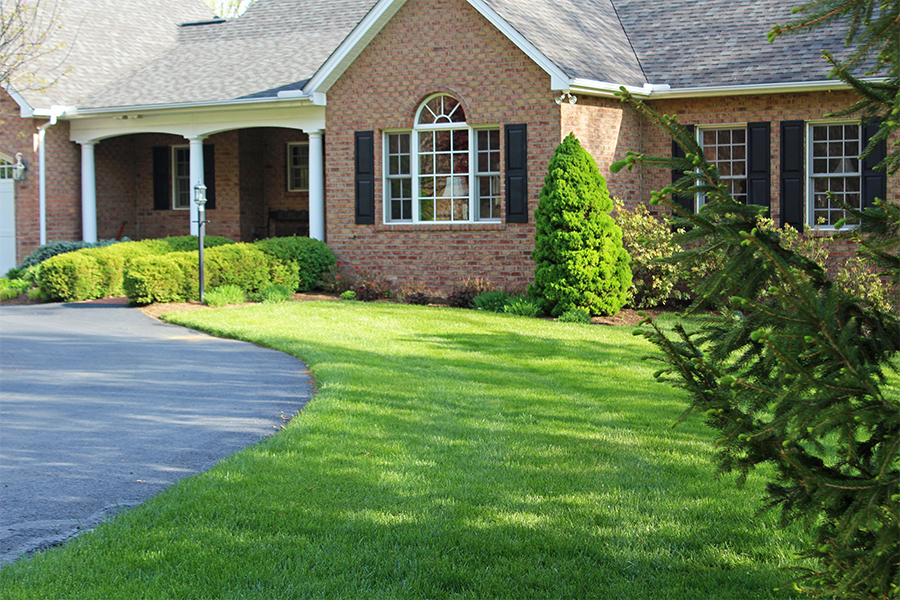Get Started Today
Our Work
As a local lawn service, we pride ourselves on a job well done. Check out some photos of our team in action applying fertilizer and weed control products, as well as the results: healthy and green lawns.
Frequently Asked Questions
Check out the answers to some FAQs we get from current and prospective clients.
Each visit through the year is designed to address a particular lawn issue. For example, our early and late spring visits are designed to control crabgrass. To control crabgrass, a pre-emergent product is utilized and applied to the turf area prior to crabgrass seed germination, hence the early and late spring applications. Virginia Cooperative Extension publishes a turfgrass maintenance calendar and it can be accessed here. Our pre-emergent program, our broadleaf weed control program, and our fertilization programs all follow Virginia Cooperative Extension recommendations.
Absolutely. Regardless of where you live or what is next door, weeds always find a way to spread their seeds and come up in your lawn and landscape. Our programs are designed to prevent and treat weeds that arise in your lawn. Our fertilization programs also help to improve turf density, because a thick lawn is your best defense against weeds.
Pre-emergent herbicides are products that prevent the germinating weeds from establishing in the lawn. They control annual grassy weeds (think crab grass) by inhibiting cell division in the young root system. The failure of the root system to develop results in the death of the young seedling weed shortly after germination. These products are applied in the spring and last over the course of the summer, preventing weed seed germination of a large number of weeds.
In general, the best time to seed a lawn is in the late summer to early fall time frame. For more detailed information, please see our article, Why Fall Seeding, which explains in detail why we recommend fall as the time for seeding.
All of our fertilizer products are granular products and are designed to be activated by the rain. Almost all of our liquid weed control products are rain fast in about 90 minutes. However, if a heavy rains falls after one of our visits and there is any question about our weed control working, we will re-treat at no cost to you.
If at any time you are not satisfied with our service, we will come back to your property and re-treat your lawn area at no cost to you. That is one advantage of working with a local lawn service business like us. We will continue to work with your lawn and landscape to provide you with the results that you desire, and if we are not able to satisfy you, we will refund your last visit amount.
Most labels state that once the lawn area is dry, it is fine to walk on. Typically, we recommend that you stay off your lawn for three hours to be safe. After this three hour window, over 95% of the weed control product has moved into the plant tissue, and will not be an issue.
We recommend not mowing for three hours before or after a weed control application. The reason for not mowing before an application is that most weeds are taller than your grass and by mowing there is less weed foliage for us to treat. Mowing right after a weed control treatment can reduce the amount of product that is moved to the roots of the weeds. However, fertilization is not a problem before or after mowing.
There is a direct relationship between the height of the grass and the size of the root system. Mowing higher allows more roots to develop and they are able to grow deeper into the soil profile for water and nutrients. Taller lawns are more drought resistant and have fewer weeds. If your lawn is a turf type tall fescue, the mowing height should be from 2.5 inches to 3.0 inches, utilizing the higher settings in the summer.
Grass clippings contain significant amount of nitrogen, phosphorous, and potassium, the nutrients in fertilizer. We always advise clients to leave clipping on the lawn to recycle nutrients. However, if you find that clippings remain on the lawn from the previous mowing, you may need to bag. This can happen in the spring and fall when grass growth is at its peak, and the clippings do not have time to break down between mowing.
Our slow release fertilizers have two slow release portions. First, a portion of the fertilizer has an organic base. This part of the fertilizer breaks down slowly over time with microbes and weather allowing its release. The second part of our slow release component is microscopic coated capsules of fertilizer that break down and release their important fertilizer and trace elements over a long period of time. This ensures that your lawn’s root system gets those nutrients in measured doses that won’t over-stimulate the plants into a sudden growing spurt requiring more mowing.

